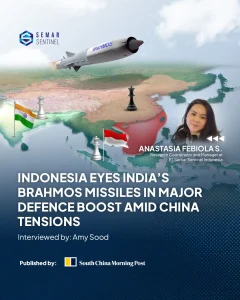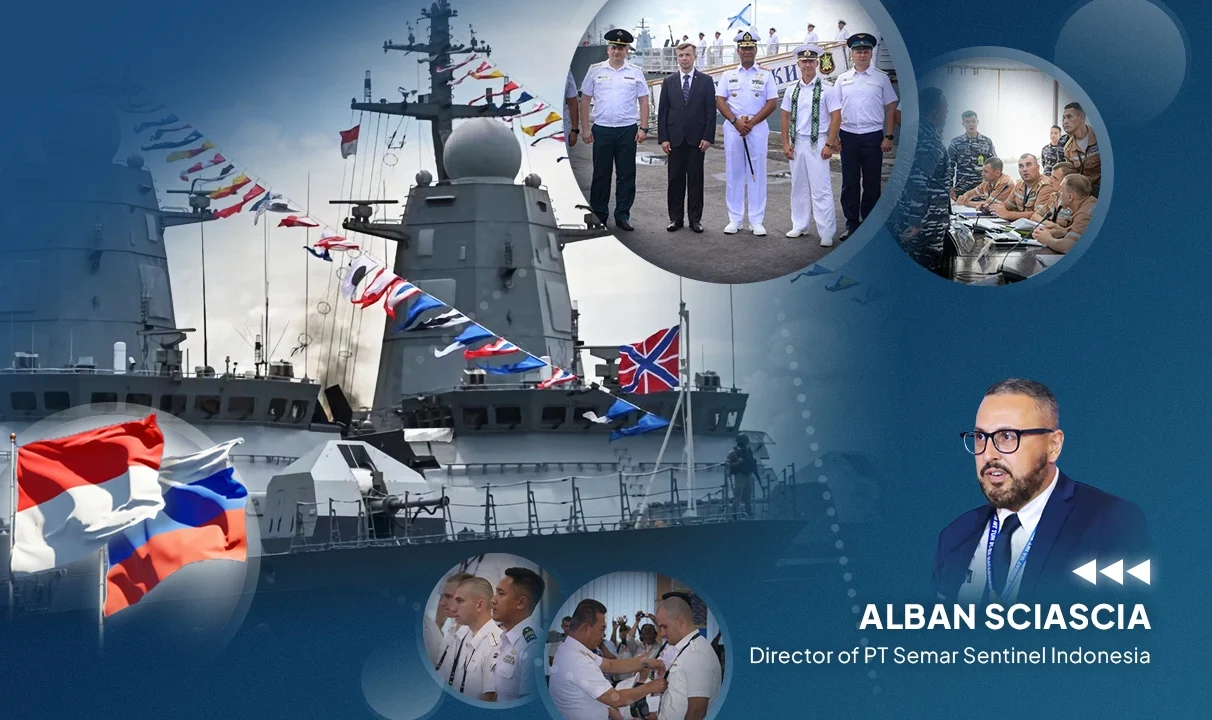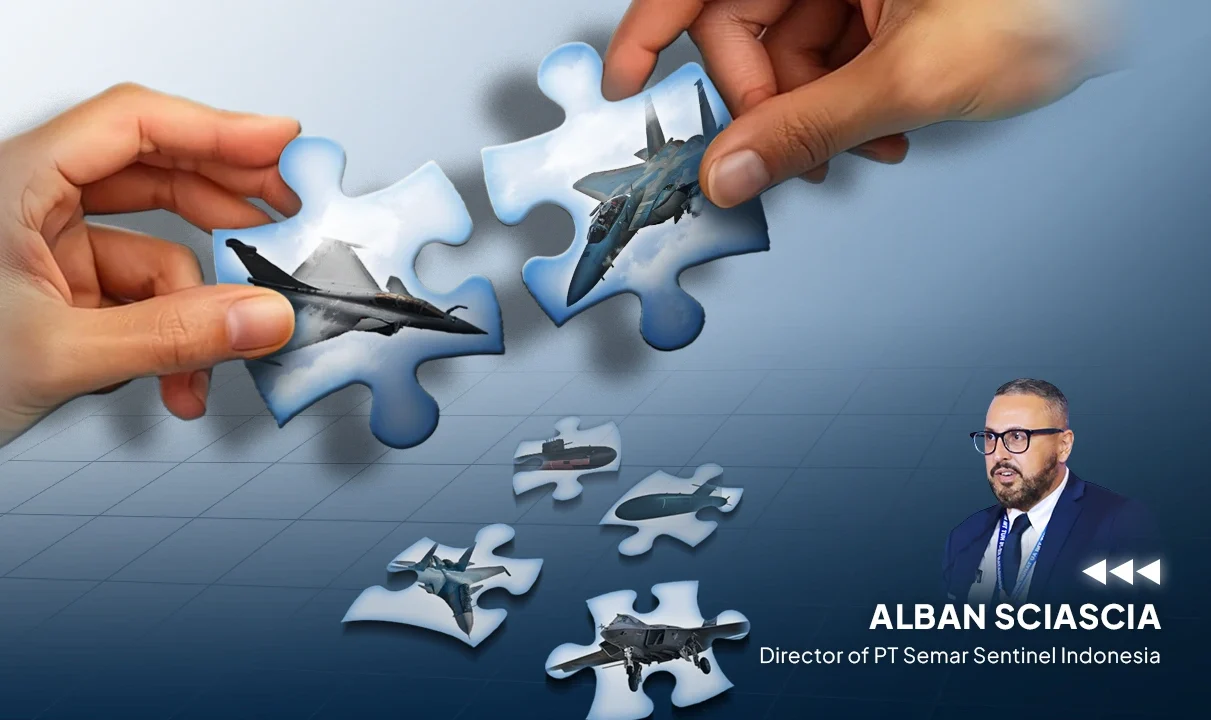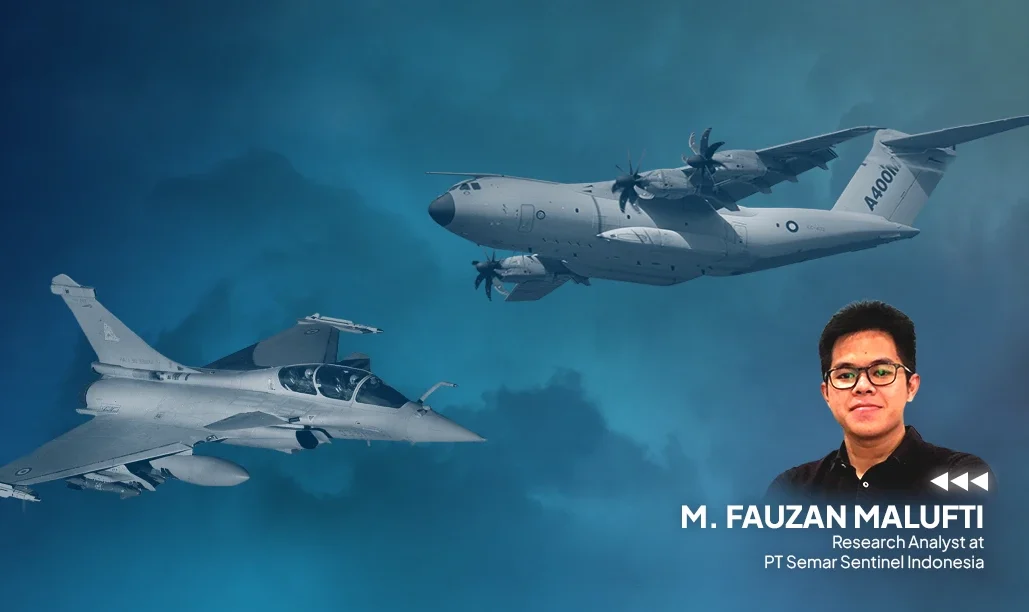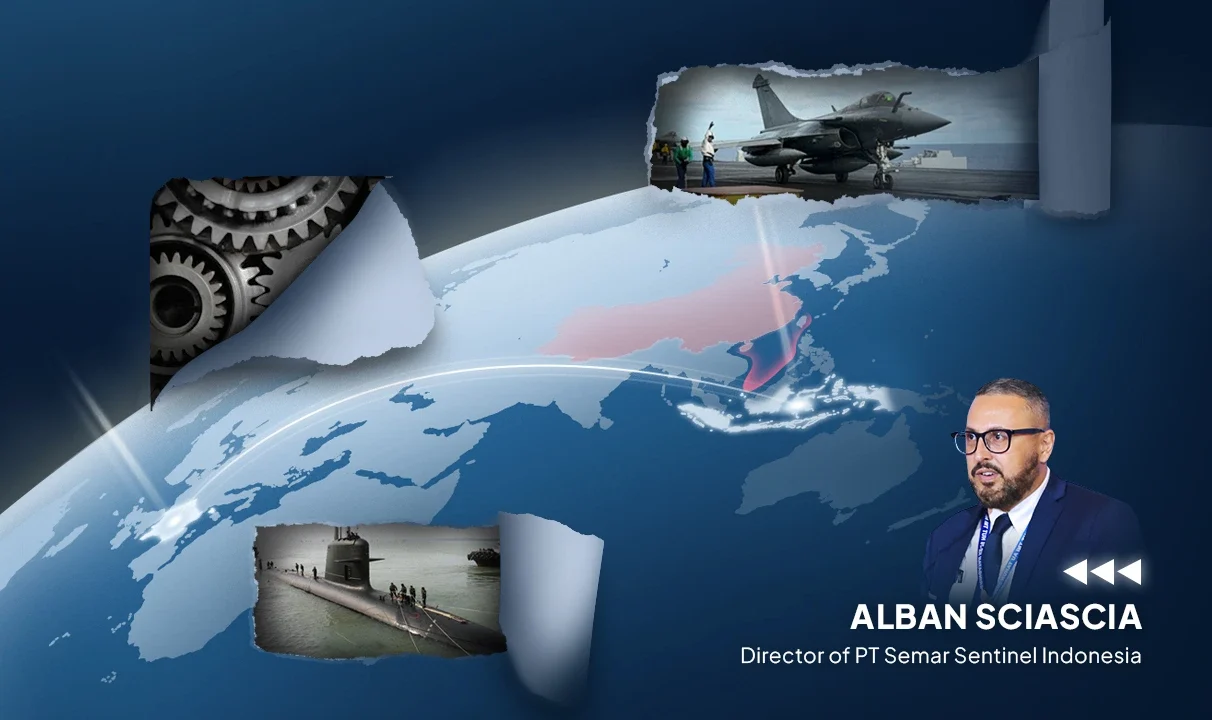Back To List
February 4, 2025
Indonesia Eyes India’s BrahMos Missiles in Major Defence Boost amid China Tensions
The potential US$450 million deal, alongside other defence collaborations, reflects Indonesia’s desire to diversify its partnerships and strengthen its maritime security
A potential US$450 million BrahMos missile deal between India and Indonesia highlights Jakarta’s bid to enhance its naval power, as both nations seek to strengthen and diversify defence ties in response to China’s growing territorial ambitions in the region, analysts said.
During a recent state visit to India, Indonesian President Prabowo Subianto and Prime Minister Narendra Modi agreed to expand cooperation in defence manufacturing and maritime safety, culminating with Subianto attending India’s Republic Day celebrations as the chief guest.
Modi said that strengthening ties with Indonesia would be crucial in “maintaining peace, security, prosperity and rules-based order in this entire region”.
While neither leader specifically mentioned China, Modi stressed that India and Indonesia were committed to promoting “freedom of navigation” under international law – the principle that ships can move freely through international waters without interference. The phrase is often invoked in response to Beijing’s expansive maritime claims and growing assertiveness in the South China Sea and other key waterways.
Leading up to the meeting, speculation grew that Jakarta would finalise its purchase of BrahMos cruise missiles, co-produced by India and Russia. If completed, Indonesia would become the second country, after the Philippines, to procure the shore-based version of the mid-range missiles, as well as a variant for warships.
Although the missile deal was not finalised during Prabowo’s visit, Indian media reports citing government sources said talks were now in “advanced stages” after years of prolonged negotiations.
Ahmad Rizky Umar, an international relations and Indonesian politics expert with Aberystwyth University in Britain, said that for the Philippines, it was “logical” to shore up its maritime defences with cruise missiles as the South China Sea increasingly becomes a flashpoint.
“I think Prabowo has a similar interest because Indonesia, like the Philippines, shares maritime territories [with other nations], so it will also be very vulnerable to any threats, not only in the South China Sea but also in the Indian Ocean,” he said.
“Indonesia wants to anticipate any conflict in the future that can undermine its maritime territorial integrity.”
He noted that this follows Jakarta’s efforts to bolster maritime defences with Japan earlier this month. Both sides seem on the cusp of a landmark agreement to co-develop a warship for the Indonesian Navy. Japan has also pledged to give Indonesia two high-speed patrol boats.
Natalie Sambhi, executive director of independent think tank Verve Research and lecturer at Deakin University, Australian War College, said closer security ties would mitigate Indonesia’s and India’s dependence on either the US or China, allowing both countries to “remain strategically nonaligned.”
Diversifying engagement
Prabowo, who assumed the presidency in October and was previously Indonesia’s defence minister, is expected to prioritise military modernisation, analysts said, diversifying regional partnerships in line with Indonesia’s non-aligned foreign policy approach.
During his visit to Delhi, Prabowo also thanked Modi for India’s support of Indonesia’s formal ascension into Brics. Earlier this month, Indonesia became a member of the China-led bloc of emerging economies.
Anastasia Febiola, a research coordinator and manager of consultancy firm Semar Sentinel Indonesia, said Indonesia has historically sourced its missiles from Europe and the US. During his tenure as defence minister, Prabowo avoided military deals with Russia or China, and sourced weapons mainly from Italy, Sweden, Belgium, the United States and South Korea.
Therefore, if the deal with BrahMos and India is finalised, it would signify “a pretty important act” for Indonesia, said Anastasia. “It also balances Indonesia’s position towards Western countries.”
She also pointed out that acquiring long-range cruise missiles is a “game changer” in terms of deterrence for any navy.
“With the uncertain geopolitical dynamics and tensions in the Indo-Pacific region, strengthening its armed forces deterrence capability has become more urgent for Indonesia,” Anastasia said.
Establishing stronger relations with Southeast Asia has also been a focus for India under its Act Easy Policy, as Delhi looks to position itself as a regional power serving as a counterbalance to China.
According to Umar, India perceives defence deals as a viable strategy to achieve its objectives, particularly as it may struggle to compete with China regarding trade.
“Weapons trade with countries like Indonesia and the Philippines is a good entry point [for India] because economically it does not have as strong relations in Southeast Asia as China.”
Sambhi from Verve Research noted that Indonesia stands to become “a model customer” for New Delhi’s defence industry exports, which could also pave the way for other markets in Southeast Asia.
“On a practical note, closer maritime security ties between the two coastguards, and potentially greater exercises between navies, is a net gain for the Indian Ocean region, with India and Indonesia setting themselves up to be joint maritime security providers,” she said.
Budget constraints?
Indian news outlets reported that during Prabowo’s state visit, Indonesian officials expressed interest not only in BrahMos missiles, but also in India’s aircraft carrier-building capacities.
According to Sambhi, operating an aircraft carrier could be viewed as a “wealth and power flex”, especially for a developing country.
“Indonesia’s interest in pursuing such a capability is completely on brand with Prabowo’s aspirations that his country take its place among the bigger regional and global powers,” she said.
However, Umar added that Prabowo will have to balance these ambitions with several populous programmes he has introduced, including a newly implemented scheme providing free meals to 83 million children and pregnant mothers. Once fully operational, this plan is expected to cost nearly US$30 billion annually.
Negotiations with BrahMos for the missiles have reportedly stalled since 2009, primarily due to budget constraints, which Anastasia identified as the “main challenge” for Indonesia’s defence modernisation plan, as funds are also needed for personnel welfare programmes and equipment maintenance.
As Indonesia drafts its new Defence Strategic Plan for 2025-2029, careful consideration will be needed to determine how the budget can allocate additional funding for military spending on top of Prabowo’s other campaign programmes, she noted.

